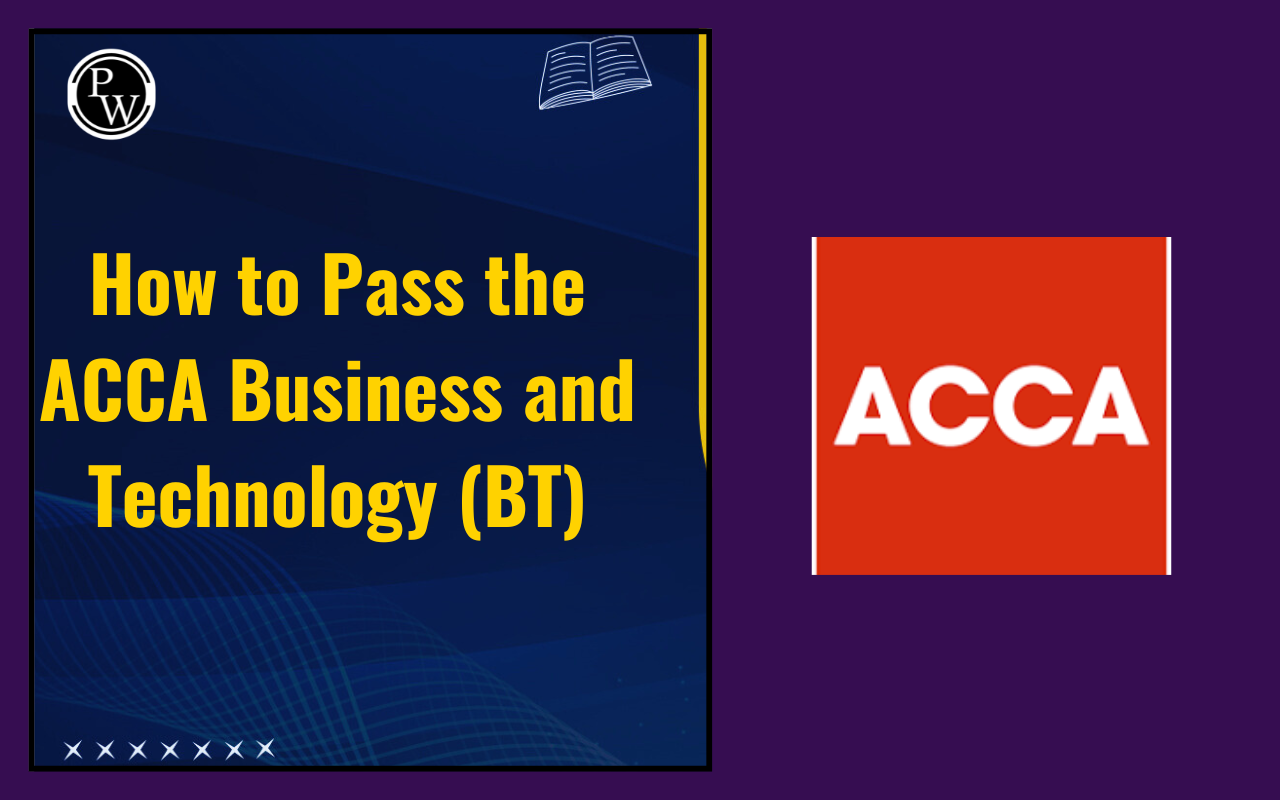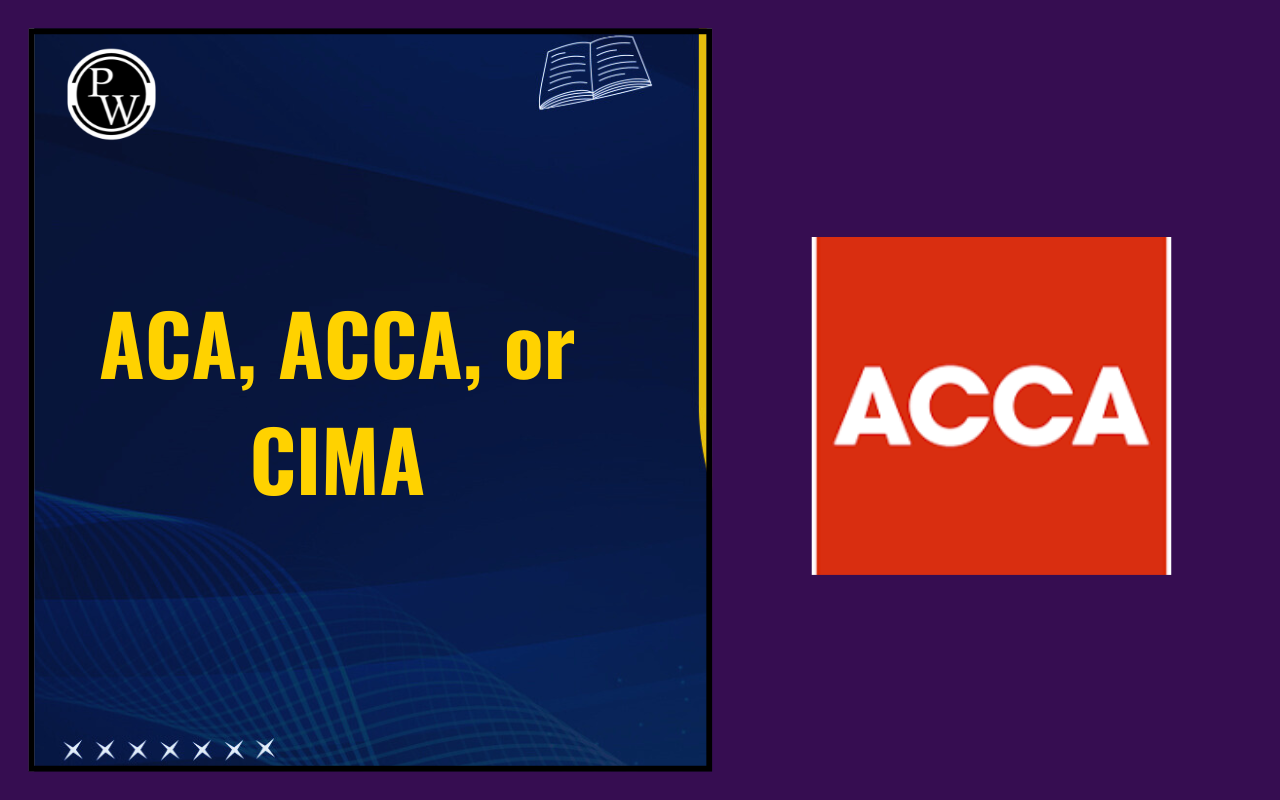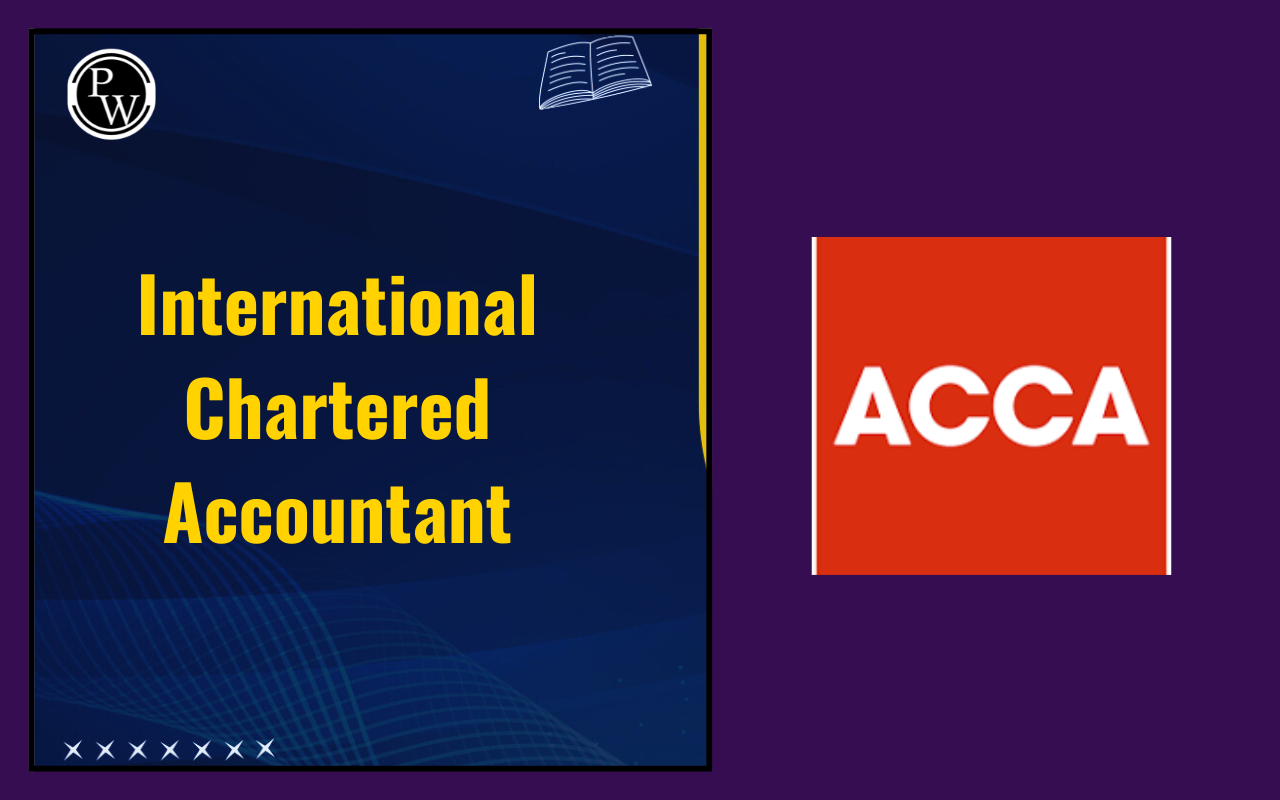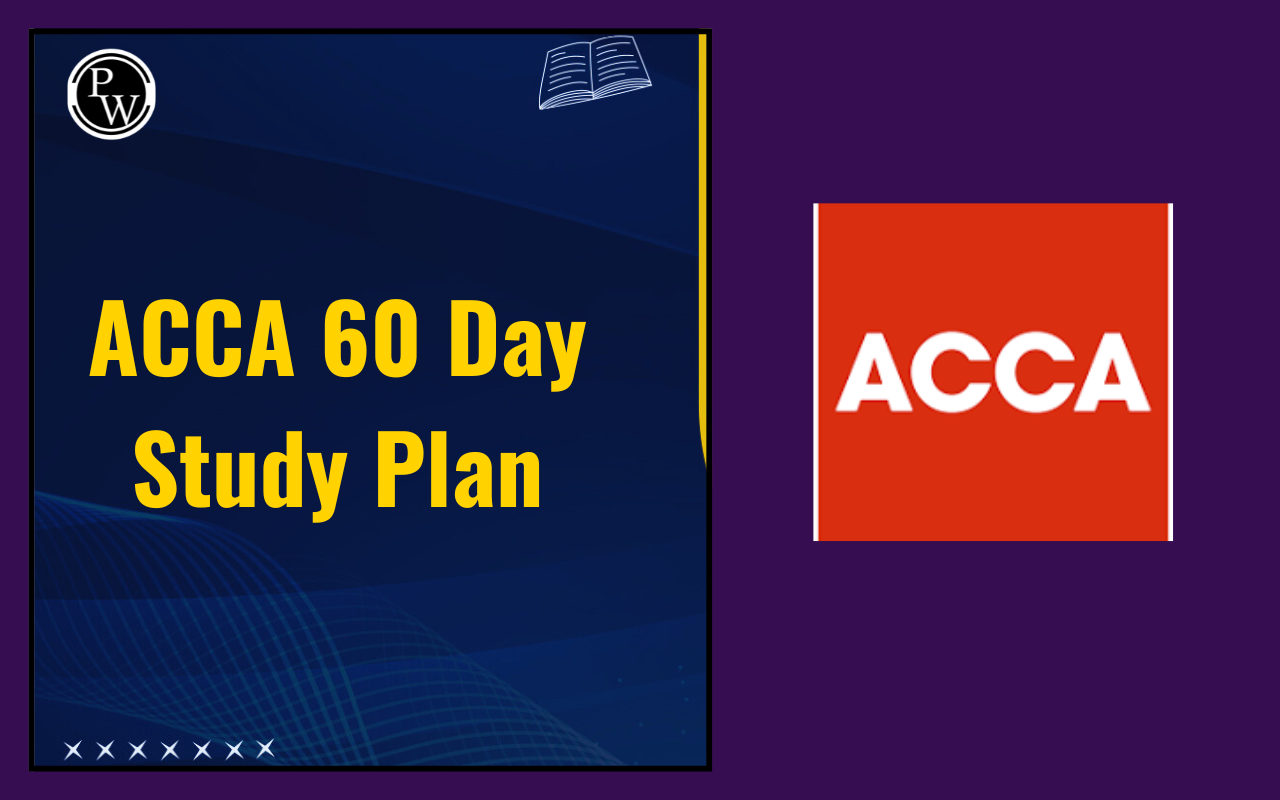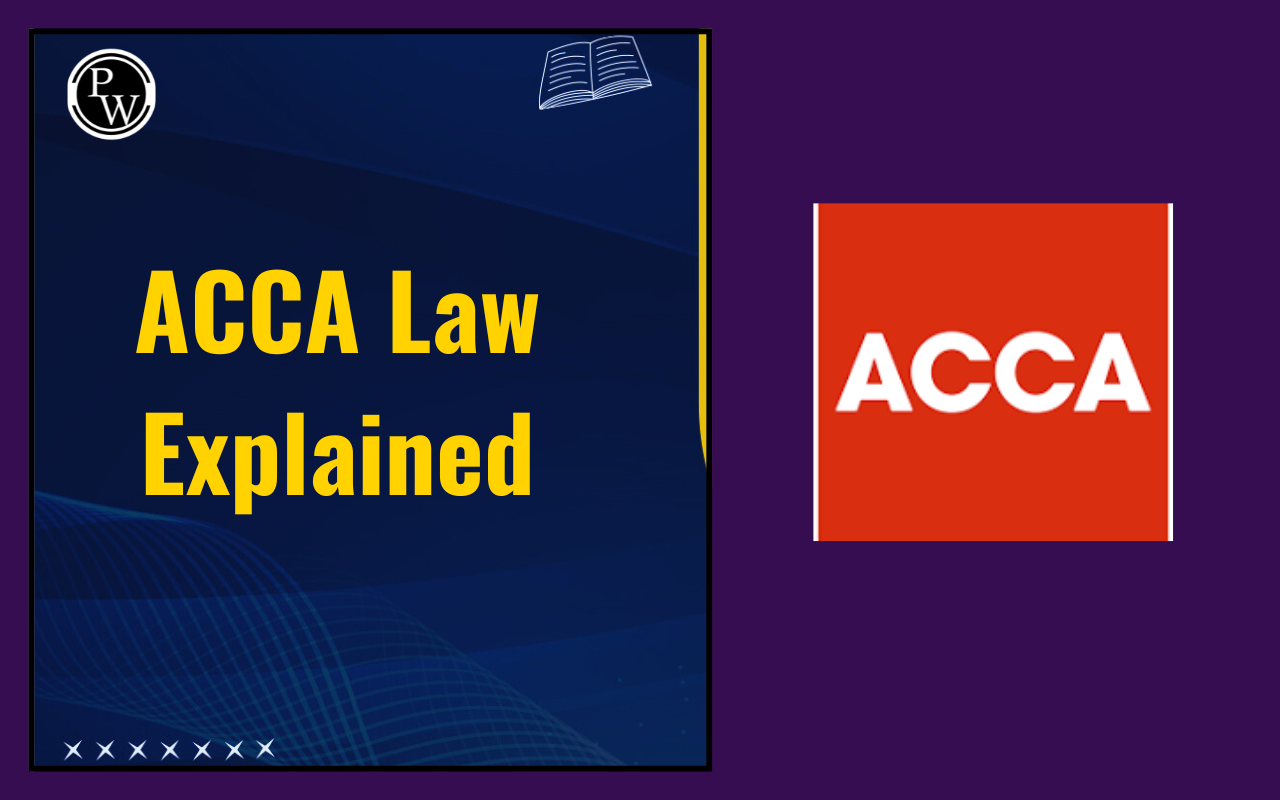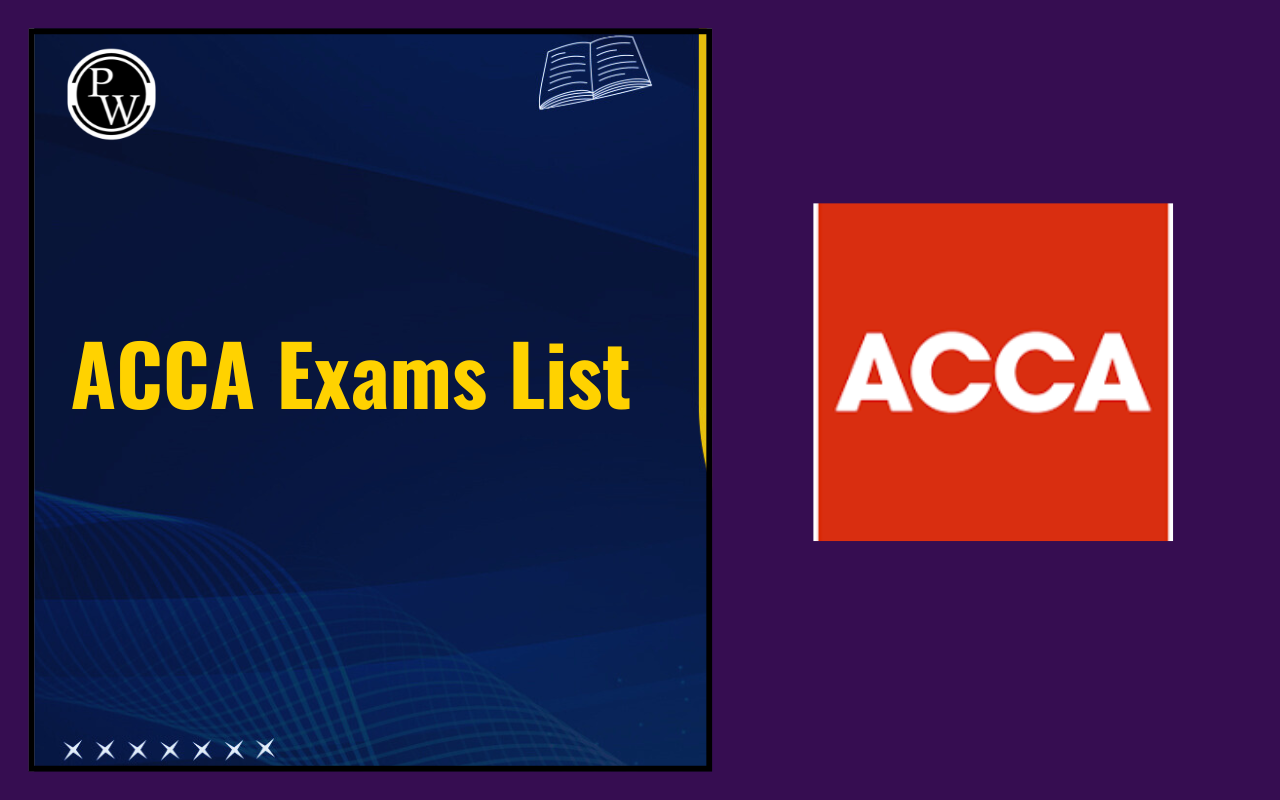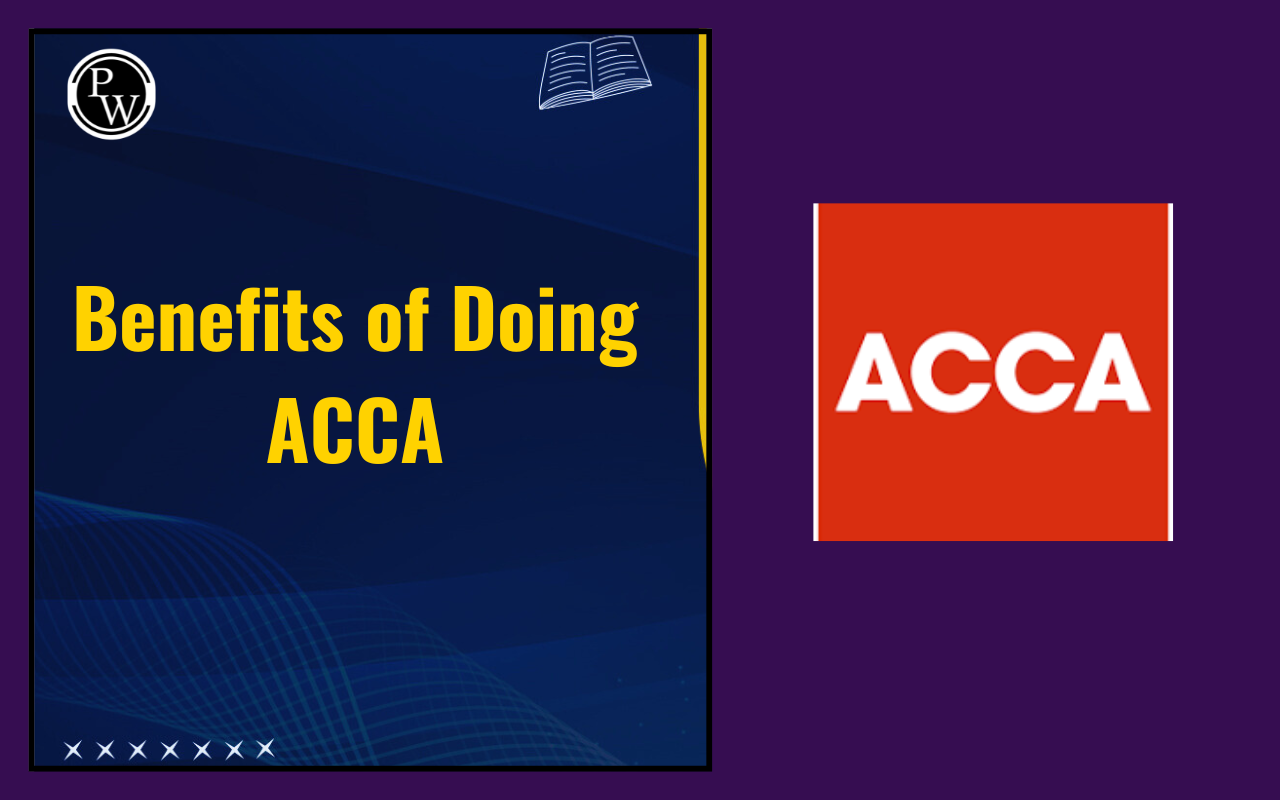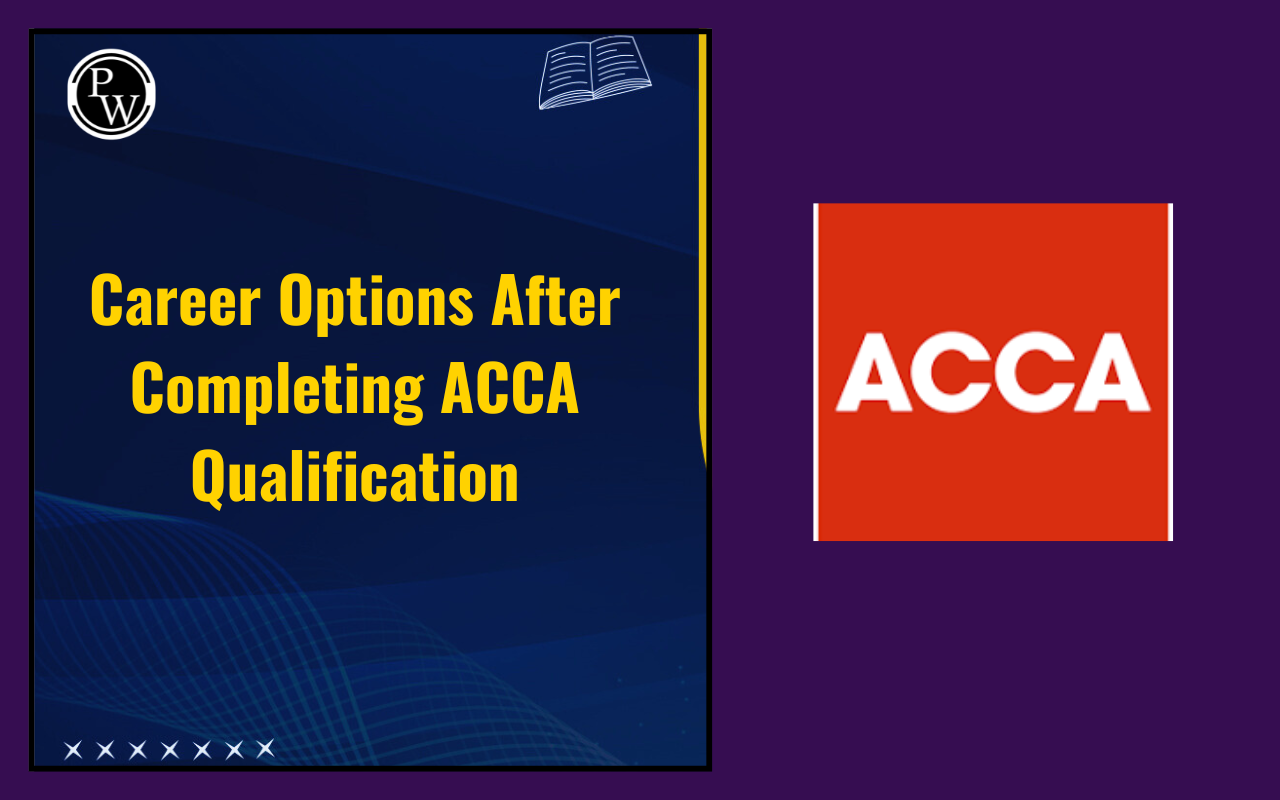
Published Financial Statements are an important part of ACCA Financial Accounting (FA/F3). They show how a business has performed during a year and how strong its financial position is. These statements are shared with stakeholders like owners, investors, and creditors. The purpose is to give a true and fair view of the company’s finances.
In ACCA Financial Accounting, students learn how to prepare Published Financial Statements by combining many accounting concepts. These include adjustments like depreciation, provisions, interest, and tax. The statements also follow the rules of International Financial Reporting Standards (IFRS). Understanding them is key to exams and to real business practice.
What are Published Financial Statements?
Published Financial Statements are formal reports prepared by companies at the end of an accounting period. They are not private notes but official documents that can be shared with outsiders. These reports help in decision-making. For example, investors look at them to decide if they should invest, and banks use them to judge if they can lend money.
In ACCA Financial Accounting (FA/F3), Published Financial Statements are studied mainly for profit-making companies. They include key statements like the Statement of Financial Position (SOFP), the Statement of Profit or Loss (SPL), and the Statement of Cash Flows (SOCF). These are prepared using accrual accounting and with proper adjustments.
Components of Published Financial Statements
The Components of Published Financial Statements are three main reports. Each one provides a different perspective on the company’s finances.
| Components of Published Financial Statements | ||
| Component | Meaning | Purpose |
| Statement of Financial Position (SOFP) | Also called Balance Sheet. Shows assets, liabilities, and equity at year end. | Tells what a company owns and owes. |
| Statement of Profit or Loss (SPL) | Shows income and expenses during the year. | Explains if the business made a profit or loss. |
| Statement of Cash Flows (SOCF) | Shows cash inflows and outflows under operations, investing, and financing. | Helps in knowing actual cash movement. |
IFRS Presentation and Disclosure Requirements
According to IAS 1 (Presentation of Financial Statements), we’ve mentioned below that published accounts must follow certain principles:
-
True and Fair View: Statements should fairly present financial performance and position.
-
Accrual Basis: Transactions are recorded when they occur, not when cash is received or paid.
-
Going Concern: Assumes the entity will continue in operation for the foreseeable future.
-
Comparative Information: Prior year figures must be shown for all amounts.
-
Minimum Line Items: Specific items such as PPE, provisions, finance costs, and tax must be disclosed separately.
-
Other Comprehensive Income (OCI): Unrealized gains (e.g., revaluation surplus) must be reported under OCI, not as profit.
Important Adjustments in Published Financial Statements
When preparing Published Financial Statements, some adjustments are very important. These adjustments make sure figures are accurate and follow accrual accounting.
| Important Adjustments in Published Financial Statements | ||
| Adjustment | Meaning | Impact |
| Depreciation | Reducing asset value over time. | Shown as an expense in SPL and reduces asset value in SOFP. |
| Accrued Expenses | Expenses incurred but not yet paid. | Increase liabilities and reduce profit. |
| Prepaid Expenses | Paid in advance for future periods. | Shown as an asset in SOFP. |
| Provisions | Amount kept aside for future costs, like a warranty. | Affects expenses and liabilities. |
| Inventory Adjustment | Closing stock value is included in the SOFP. | Impacts the cost of sales and profit. |
| Interest Accrual | Interest due but not paid. | Increases liabilities and finance cost. |
| Dividends | Distribution of profits to shareholders. | Shown in SOCE and reduces retained earnings. |
| Tax Provision | Estimated tax for the year. | Treated as an expense in SPL and a liability in SOFP. |
Common Mistakes to Avoid
While preparing Published Financial Statements in ACCA Financial Accounting (FA/F3), students often make some mistakes. Avoiding these mistakes can save marks in exams and prevent errors in practice.
-
Ignoring Adjustments: Not adding depreciation, provisions, or accrued expenses leads to wrong results.
-
Mixing Up Formats: Using wrong headings or structure in SOFP, SPL, or SOCF.
-
Wrong Classification: Putting non-current assets under current assets or treating liabilities incorrectly.
-
Forgetting Notes to Accounts: Not including extra details required under IFRS presentation and disclosure requirements.
-
Not Linking Statements: Ignoring the connection between P&L, SOFP, and SOCE. For example, forgetting to reduce retained earnings after dividends.
-
Misunderstanding OCI: Treating unrealized gains as profit when they should go to Other Comprehensive Income.
Published Financial Statements in ACCA Financial Accounting (FA/F3) bring together all major accounting concepts. They are official reports shared with stakeholders and follow international rules. The Components of Published Financial Statements, like SOFP, SPL, and SOCF, show position, performance, and cash movement.
The IFRS presentation and disclosure requirements make sure these statements are fair and consistent. Important adjustments like depreciation, provisions, and tax give accuracy. Students should avoid common mistakes such as ignoring adjustments or mixing up formats.
Published Financial Statements FAQs
What are Published Financial Statements?
Why are Published Financial Statements important for ACCA students?
What are the main Components of Published Financial Statements?


